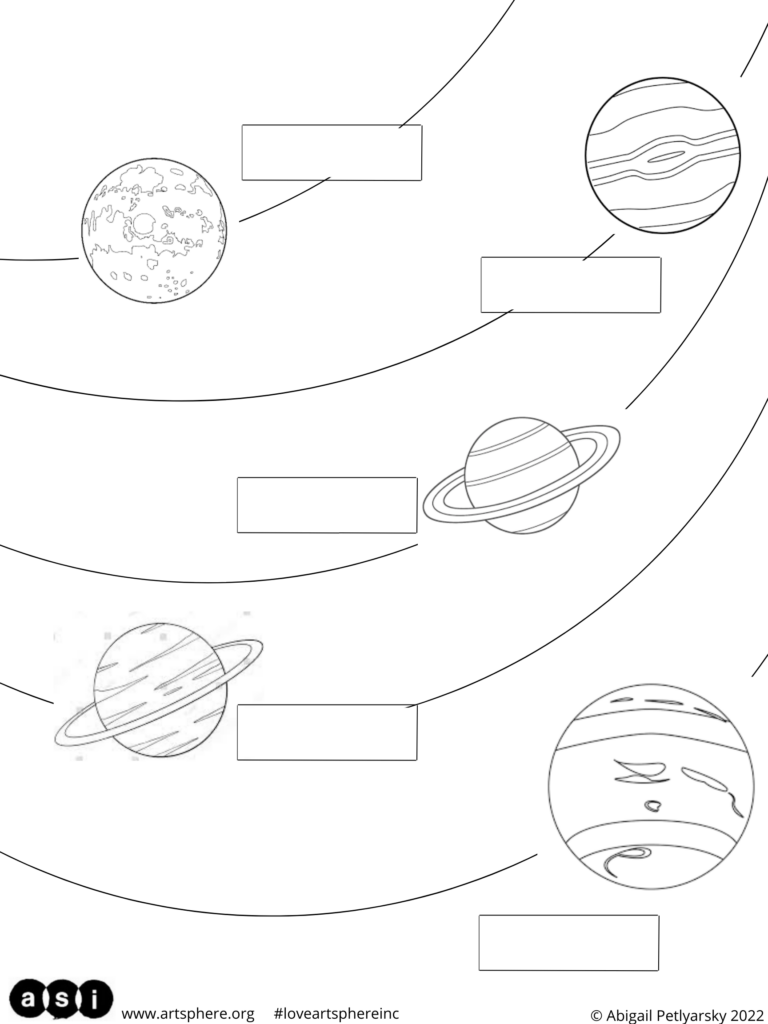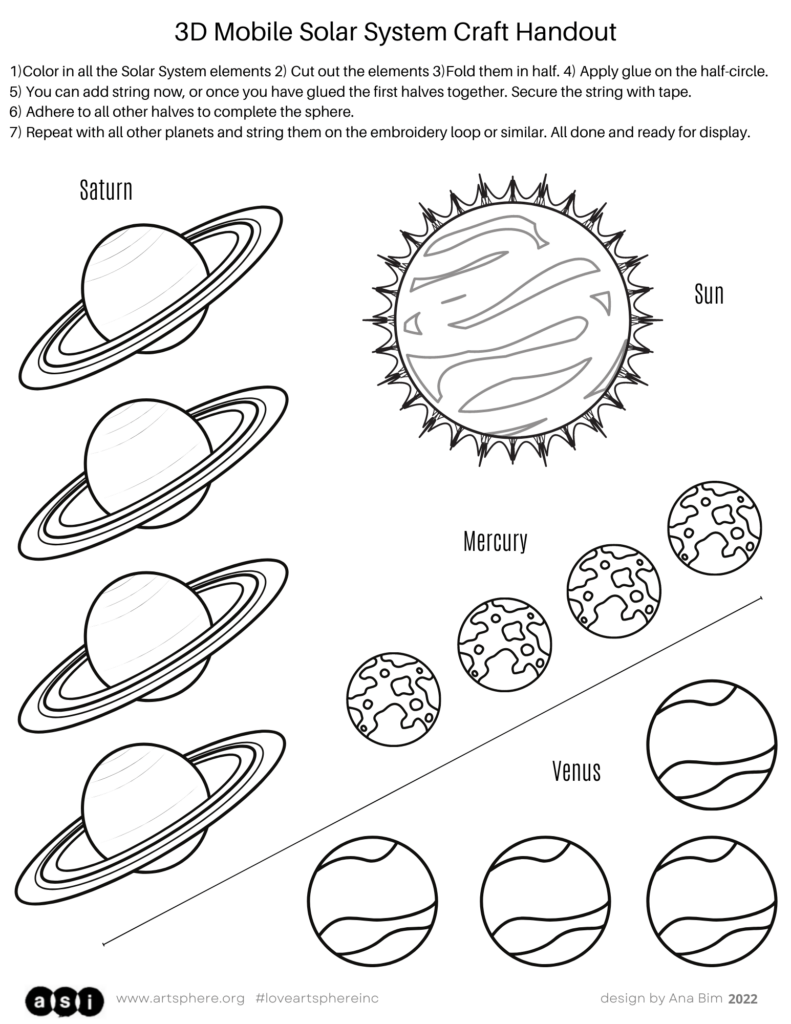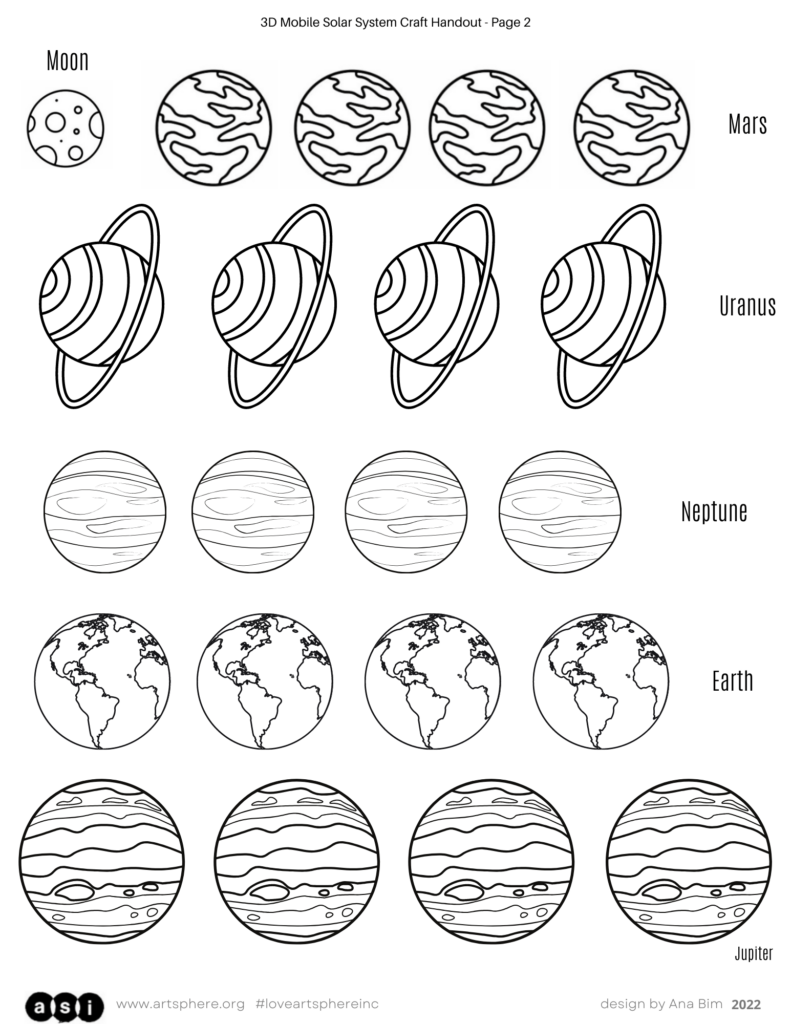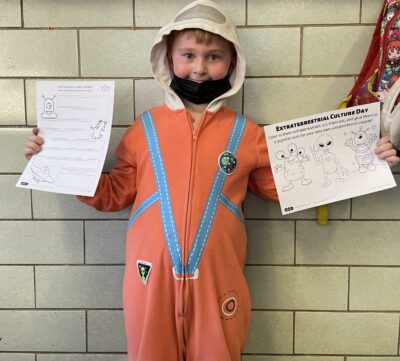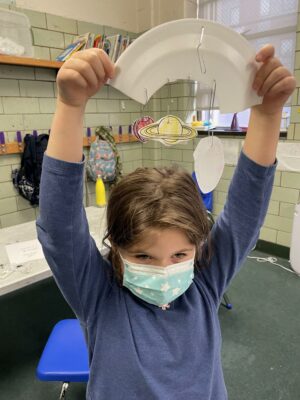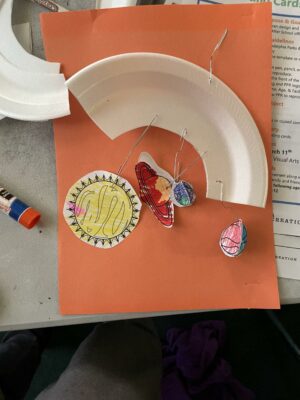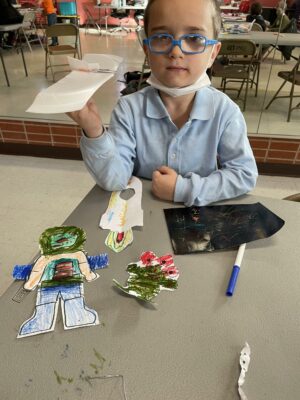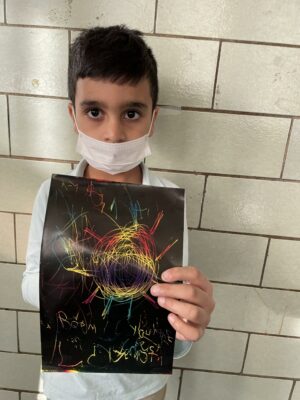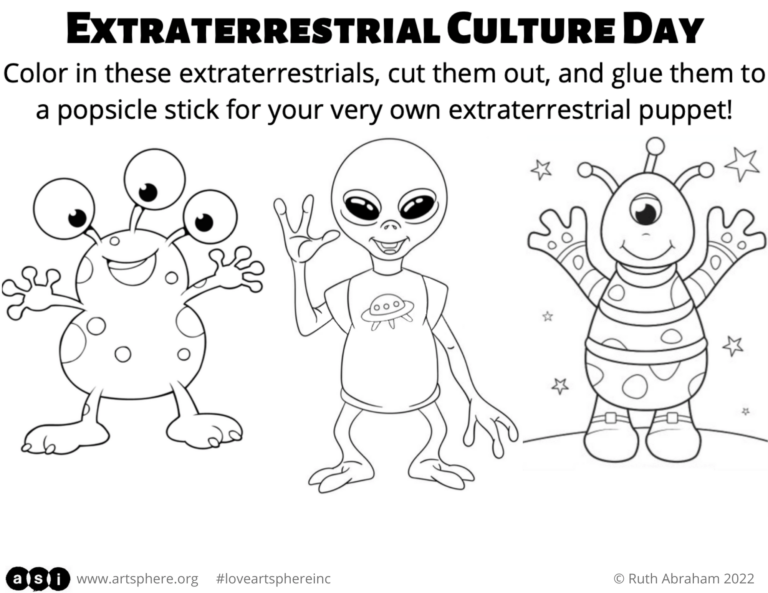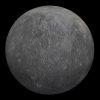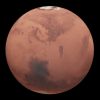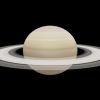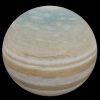ASI makes learning about space beyond Earth and our Moon with videos and templates and step-by-step directions to help let your S.T.E.A.M. skills shine.
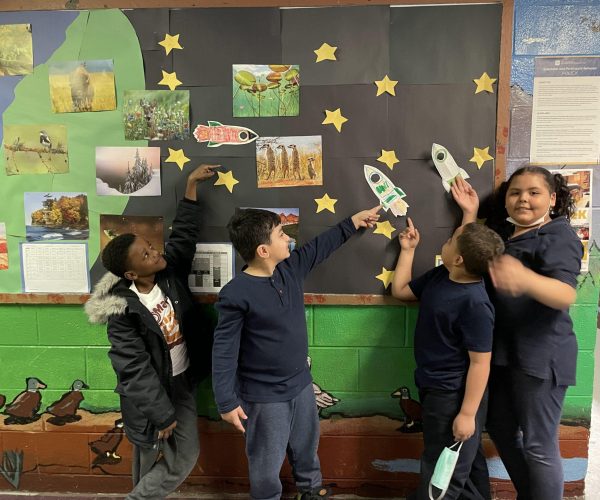
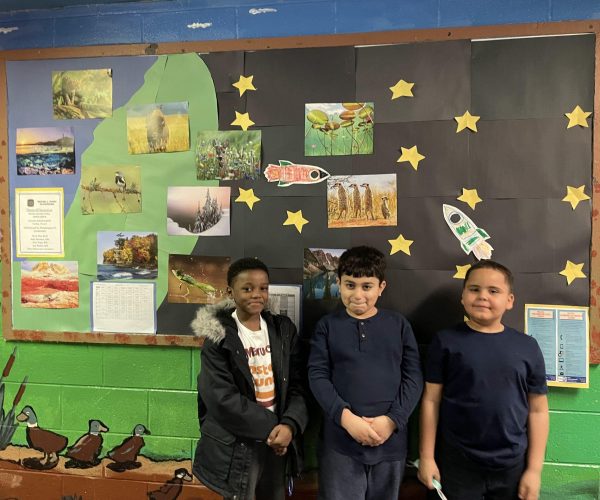
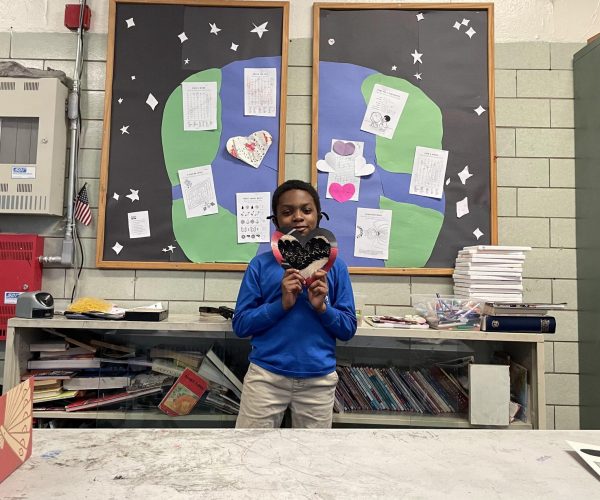


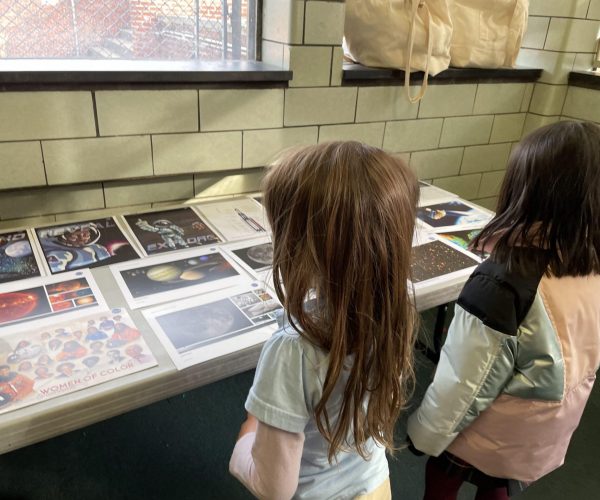
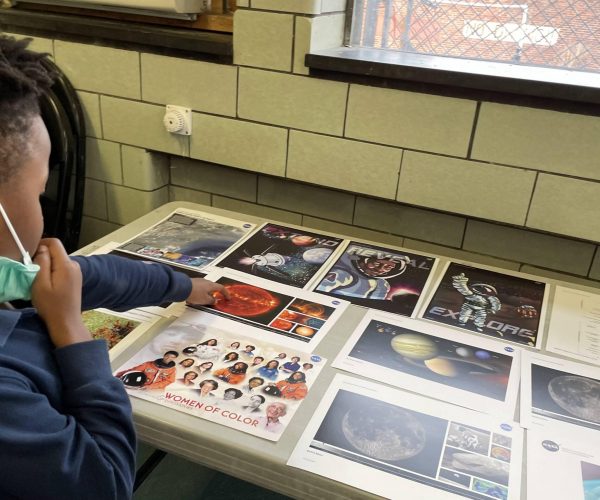



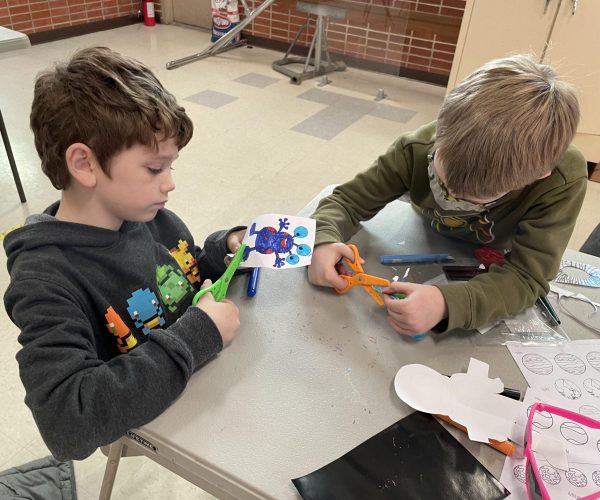
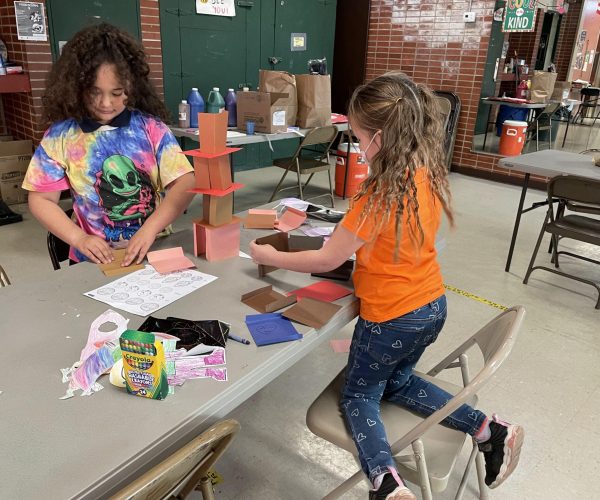
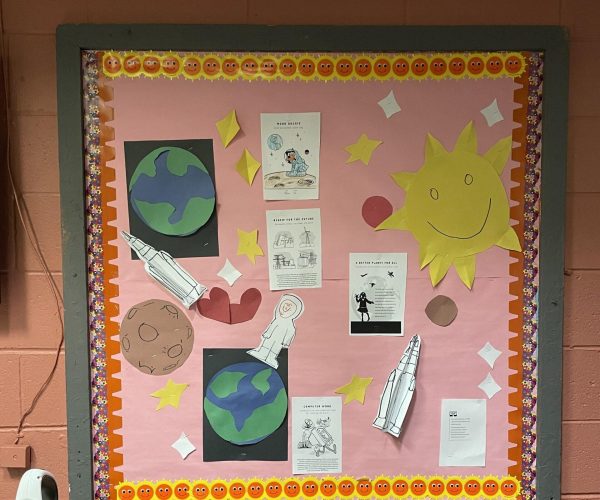
The fun continues with the study of our solar system and beyond. It’s got all kinds of planets, moons, asteroids, and comets zipping around our Sun. We will take a creative approach to make learning and goal setting fun where paper, scissors, pencils crayons and glue or tape are often helpful.
What do you already know about NASA? Do you want to get a head start on preparing for our class? Check out what is NASA. You can also print out the handout for this week’s activity and we will complete it in the class together.
Do you want more activities related to space? Then, checkout this handout that celebrates the Extraterrestrial Culture Day. You can click the button below to visit the handout page and learn more about this day.
Create a 3-dimensional sun with handprint cutouts to represent solar flares. Click the button below for more instructions
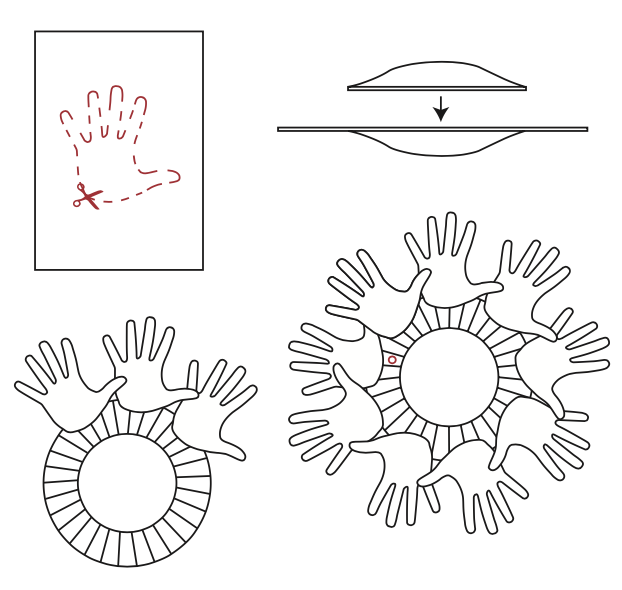
The Terrestrial Planets
What are the planets in our solar system? What do you know about them? How are they similar and different from Earth? Learn more about the different terrestrial planets in our solar system by checking their individual links below:
Solar system comparison
Now let us continue to get a sense of scale. In the space between the Earth and the moon we can accommodate all the planets. Our entire solar system is like a pizza – it is all on the same plane. The constellations that we see on planet Earth are so far away that they seem to be in the same relative position across the whole solar system. But, the largest known star in the universe is called UY – scuti and can hold 5 billion of our suns!
Stars’ lifecyle
Stars go through a process of birth through death starting at a nursery and dying in a black hole. They grow in size and then become red giants and then they collapse on themselves creating a black hole. Black holes have immense gravity from which not even light can escape. For comparison, if a pencil fell into a black hole it would be stretched into pieces. In the movie Interstellar, the depiction of the black hole in the movie is as accurate as we can depict because we can’t see a black hole because no light can escape.
The Asteroid Belt, Dwarf Planets, and Gas Giants
What is an asteroid? What is a planet? What are the differences and similarities between planets and dwarf planets? Checkout the videos below to learn more planets and participate in the “make a planet mask” activity.
The Kuiper Belt
What is the Kuiper Belt? Where is it positioned in relation to the sun and earth? Does it have any special function from which our solar system benefits? Check out NASA’s website to learn more about the Kuiper Belt. Also, below you can watch fun videos about building objects found inside the Kuiper Belt.



